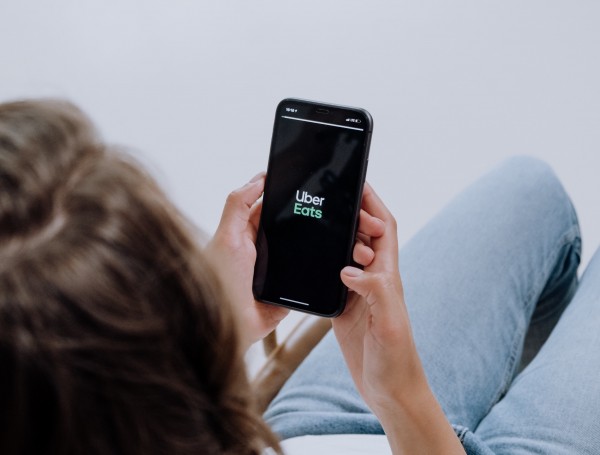Increased Appetite for Food Delivery Apps – Could It Feed the Growth of Mobile Payments?
23 September 2020
As consumers spend more time at home and adapt to social distancing due to the ongoing pandemic, food delivery apps have reached new heights with downloads increasing rapidly.
Food ordering habits have shifted dramatically during this time with the appearance of innovations like contactless delivery and curbside pickup, and mobile’s essential role in the food and restaurant industry has been accelerated.
So, as our appetite increases for food delivery, and many turn to mobile for convenience, could this feed the growth of carrier billing payments?
Top Apps
Food delivery apps are dominating the top charts with time spent in food and drink apps increasing in markets such as Indonesia and Russia by as much as 60% in Q2 2020 vs. Q4 2019.
In the US digital restaurant orders also increased by 63% in March 2020, and in August 2020, sales for US meal delivery services grew 158% year-over-year, collectively.
Uber Eats – The app has maintained its global position as the number one most downloaded food delivery app and is working hard with local restaurants to meet consumer demands.
Deliveroo – In June 2020 the app had seen over 7,000 new UK restaurants sign-up to the platform since they were forced to close their dine-in services at the end of March.
Tesco – According to App Annie the Tesco Groceries UK app saw a direct impact of Covid-19 with 290% more downloads than two weeks prior to 22 March 2020, with Tesco also predicting 20% growth in profits.
Other food delivery apps which topped the charts for the week of March 8, 2020 were DoorDash and Grubhub, occupying 2 of the top 5 spots by iOS and Google Play combined downloads, indicating consistent demand.
Adapting to Covid-19
Uber Eats is addressing the evolving needs of customers with initiatives to help local restaurants, for example eliminating customer delivery fees and enabling daily payouts for faster cash flow.
During lockdowns Uber Eats expanded its service to include grocery and convenience delivery and more recently introduced a contactless ordering feature for diners eating out at restaurants, allowing orders to be placed via a scanned QR code.
Deliveroo has also recently developed a new ‘Table Service’ tool for restaurant dine-in customers, allowing both customers and staff to maintain social distancing, and giving 25,000 items of free in-store signage to small restaurants.
Shoppers are also changing their usual habits when it comes to groceries, and mobile-first solutions have helped supermarkets to keep up with demand. For example, US app Kroger released updates to include enhanced payment, self-checkout and buy online pick-up in store options, resulting in 92% growth in digital sales.
Other apps such as Lyft, OpenTable and Delivery Hero expanded their services to offer essential grocery and pharmacy deliveries and shopping reservations for customers in lockdown, as well as significantly broadening their restaurant choices.
New Innovations
The new Envoy Taxi app provides consumers with a unique courier delivery service, with over 20,000 trusted London Black Taxis available on demand to pick up and deliver food, prescriptions and parcels using their knowledge of the city.
Research suggests the restaurant industry could increase table turnover and sales by over 14% simply by adopting mobile payments. And as restaurants and bars seek to maintain social distancing and good hygiene standards post lockdown more ‘order to table’ apps have emerged.
These include Swifty, a payment and loyalty app launched by Heineken, and OrderPay, an app which automatically ‘re-skins’ to a specific brand as a customer crosses the venue’s entrance, plus uses beacon technology to identify where customers are sitting.
Other ‘order to table apps’ increasing in popularity include QR code scanner Zapper and London crowdfunded app Cake. These apps can provide venues with useful analytics about menu choices, length of stay and best performing tables, while in turn offering a safer and more streamlined ordering experience.
Some services such as Tabology’s OrderTab are even removing barriers to the ordering process such as the need for download by offering web-based ordering with no registration.
Mobile Payment Opportunities
And as Covid-19 restrictions continue, physical and digital restaurant presences combine, and app competition intensifies, opportunities exist to gain a competitive edge – so making the right move now is vital.
Carrier billing is a convenient payment solution which offers customers the ease of paying directly through their mobile phone bill, removing even more barriers to the ordering process. Talk to SLA Digital today to find out more.



